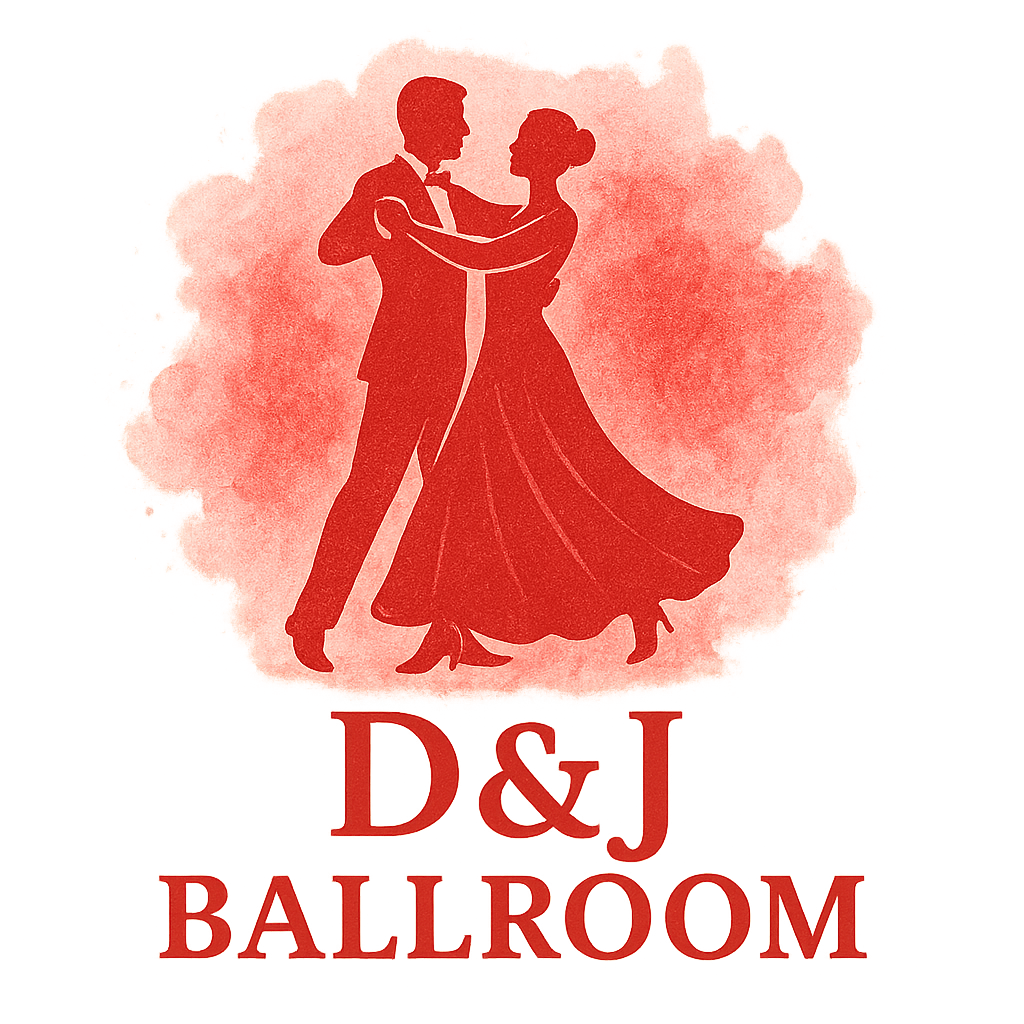Switching between ballroom dance styles like a pro isn’t just about memorizing steps — it’s an art. Whether you’re dancing for fun or aiming to dazzle judges on the competition floor, learning to transition smoothly between styles is a must. Let’s dive into six solid tips that’ll help you glide from Tango to Waltz without missing a beat.
Why Seamless Transitions Matter in Ballroom Dancing
Keeping Your Flow Intact
Ever seen a routine that felt choppy? That’s the result of poor transitions. You want your dancing to feel like a story—not a series of disjointed chapters.
Impressing Judges and Audiences
If you’re into competitive ballroom dancing, seamless transitions are what make routines stand out. Judges love flow, elegance, and technique. And let’s be honest—so do audiences. Want to make them cheer? Nail your style changes.
Learn more about how presentation and ballroom events and competitions are judged.
Understanding Different Ballroom Dance Styles
Before you can transition smoothly, you need to truly understand the differences between the styles.
Smooth vs. Rhythm: What’s the Difference?
Smooth styles—like Waltz, Foxtrot, and Quickstep—focus on travel and rise-and-fall motion. Rhythm styles—like Cha Cha, Rumba, and Swing—are more grounded, with sharper footwork and hip action.
Read this deep dive into ballroom dance styles to brush up.
Classic Styles That Often Mix
Waltz to Tango
Going from soft, sweeping Waltz to sharp, dramatic Tango? It’s like switching from Mozart to Metallica. Your body has to make that leap confidently.
Related: Explore Waltz | Explore Tango
Foxtrot to Quickstep
This one’s a speed change! Quickstep is Foxtrot on caffeine. Transitioning without tripping takes skill and tempo awareness.
Tip #1: Master the Foundation of Each Style
Drill the Basics Until They’re Second Nature
No transition trick will save you if your fundamentals are shaky. Solid technique in each style is the real secret to making transitions look effortless.
Resources to Sharpen Core Techniques
Want to brush up on your basics? Here’s a goldmine: Ballroom Techniques & Training
You can also browse training-related articles under the training tag or drills tag.
Tip #2: Practice Transitions as Dedicated Drills
Don’t Just Dance—Drill the Switches
It’s easy to run through full routines, but are you practicing the exact moment of the switch? Probably not. Dedicate part of your session just to transitions.
Recommended Exercises for Transitions
- Style shift mini-routines (30 secs of one style, 30 of another)
- Tempo adjustment drills with varied music
- Frame-change mirror drills
Tip #3: Understand the Music and Tempo Changes
Let the Music Lead the Movement
You can’t dance Salsa at a Waltz tempo. Music drives style. Understanding rhythm changes lets your body respond naturally, reducing that awkward pause.
Explore how culture and music influence ballroom dancing for deeper insight.
Or dig into articles tagged with culture and dance styles.

Tip #4: Adjust Your Frame and Posture Appropriately
Ballroom Posture Isn’t One-Size-Fits-All
Each style has its unique frame. Waltz wants height and elegance. Tango wants strength and compression. Latin styles bring the hips in.
From Latin Hips to Elegant Uplift
Switching styles means recalibrating your posture mid-dance. That’s where muscle memory—and awareness—come in.
Need wardrobe tips that align with frame and posture? Don’t miss the Ballroom Attire & Fashion Guide.
Or check out our articles on fashion and wardrobe.
Tip #5: Work Closely with a Knowledgeable Coach
Tailored Feedback Makes All the Difference
A great coach doesn’t just tell you when you’re off—they show you how to fix it. Get help with transitions that suit your body, learning style, and goals.
Search instructors through studios like D&J Ballroom for expert guidance.
Tip #6: Incorporate Transitions Into Full Routines
Make Seamless Movement Part of Your Performance
Once you’ve nailed the drills, put transitions into action. Don’t save them for competition day—blend them into every rehearsal.
It’s about building fluidity, not forcing it.
Bonus Tip: Dress for the Style You’re Dancing
Fashion Can Enhance Your Transition Flow
Your wardrobe should support your movement. Tight Latin wear isn’t great for flowing Waltz turns, and vice versa. Wear attire that suits your routine’s transitions.
Style tips galore in the attire and fashion section or the fashion tag.
Final Thoughts: Practice, Perform, Perfect
Transitioning between ballroom dance styles isn’t about memorizing patterns. It’s about embodiment—living each style with clarity and ease. With practice, solid fundamentals, and thoughtful coaching, you’ll glide from one dance to the next like you were born on the floor.
Explore more dance tips, techniques, and community events at D&J Ballroom, your one-stop resource for everything ballroom.
FAQs
1. How can I learn to feel the difference between styles?
Practice with a variety of music and styles, and focus on the mood, tempo, and rhythm of each. Feeling develops over time.
2. Is it hard to switch from Tango to Waltz?
Yes, at first. They’re stylistically opposite. Practice the transition specifically to ease the change.
3. What are the best drills for transitions?
Tempo shifts, posture swaps, and mini combination routines that focus on changing styles are the best.
4. Should I wear different shoes for different styles?
If possible, yes. Latin shoes vs. standard shoes have different structures to match the style’s movement.
5. How often should I practice style switching?
At least 1–2 sessions per week should focus on transitions, especially if you’re preparing for performance or competition.
6. Do competitions require switching styles?
Yes, especially in mixed or showcase categories. Judges expect seamless transitions.
7. Where can I find more help learning ballroom dance styles?
Head over to D&J Ballroom or explore all topics under the ballroom tag.


